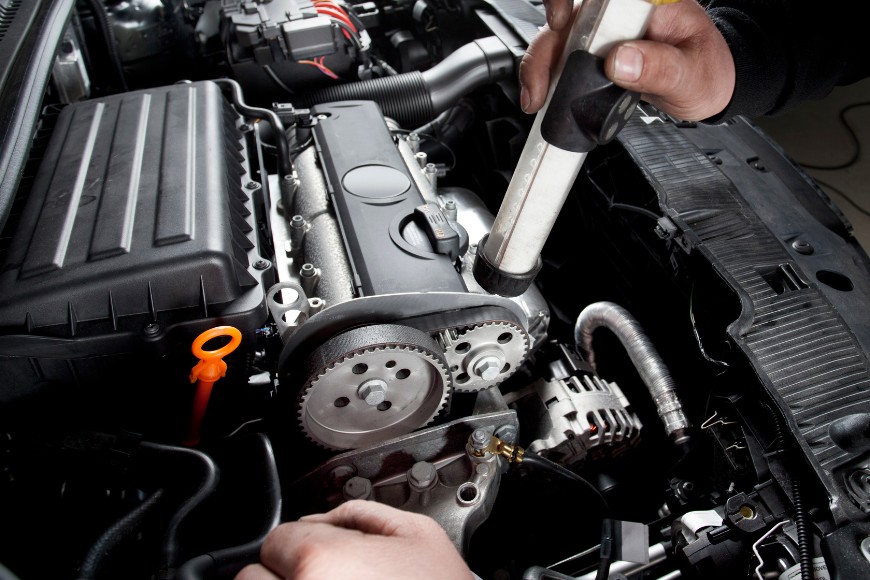- май 31, 2024
- By AdminEnterprise
- In Information
- 297
- 0

Engine belts are key components for proper vehicle operation. They transmit power between different parts of the engine and help synchronize their movements. Over time and use, belts wear out and can cause serious damage if not replaced in time. In this article, we’ll look at the signs and recommendations for changing your engine belts to keep your vehicle in top condition.
Types of belts in the engine
Different types of belts perform specific functions and have different maintenance and replacement requirements.
Main types of belts:
Timing Belt (Camshaft Belt): Ensures the timing between the crankshaft and the camshaft. Its breakage can cause serious damage to the engine.
Serpentine belt: Drives various accessories such as the alternator, water pump, hydraulic pump and air conditioning system.
Alternator Belt: Responsible for charging the battery and powering the vehicle’s electrical systems.
Recommended replacement intervals
Car manufacturers provide recommendations for belt replacement intervals to ensure safe and efficient engine operation.
Check your vehicle’s manual for specific belt replacement recommendations. Typically, the timing belt should be replaced every 60,000 to 100,000 kilometers, while the serpentine belt and alternator belt can last longer, but also require regular inspection.
Signs that it’s time to replace the belts
Recognizing the early signs of belt wear or damage can prevent serious problems and costly repairs.
What to watch for:
Cracks or wear: Regularly check the condition of the belts for cracks and wear.
Noises: Squealing, whistling, or other unusual noises can indicate problems with the belts.
Vibration: If you feel vibration in the engine or accessories, this may be a sign of a worn or improperly tensioned belt.
Engine Starting or Running Problems: Improper timing belts can cause engine starting difficulties or erratic running.
Risks of neglecting the change of belts
Neglecting to replace belts in a timely manner can lead to serious damage and expensive repairs.
What to expect:
Timing belt breakage: Can cause serious damage to valves and pistons, requiring expensive engine repairs.
Accessory failures: A damaged timing belt can cause critical systems such as the water pump, alternator, hydraulics, and air conditioning system to fail.
Engine Overheating: If the belt-driven water pump stops working, the engine can overheat, causing serious damage.
Regular inspection and maintenance
Regular inspection and maintenance of belts can extend their life and prevent sudden failures.
Check regularly: Include belt checks in your regular vehicle maintenance schedule.
Replace at the first sign of wear: Don’t wait until the last minute – replace belts at the first sign of wear or damage.
Follow the manufacturer’s recommendations: Follow the recommended replacement intervals and use original or quality brands of belts.
Keeping the engine belts in good condition is essential to the reliable and safe operation of the vehicle. Regular inspection, compliance with the manufacturer’s recommendations and timely replacement of worn belts will help you avoid serious damage and expensive repairs. Don’t neglect this important part of your vehicle’s maintenance and enjoy a trouble-free drive.